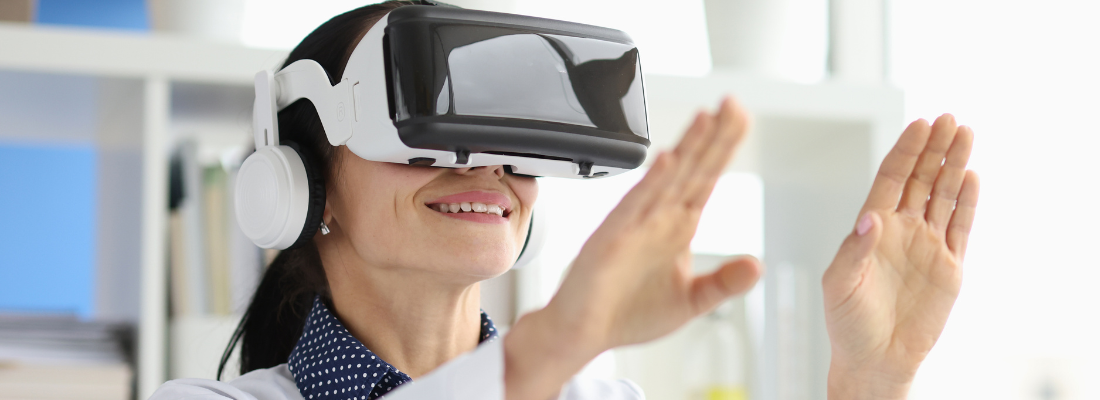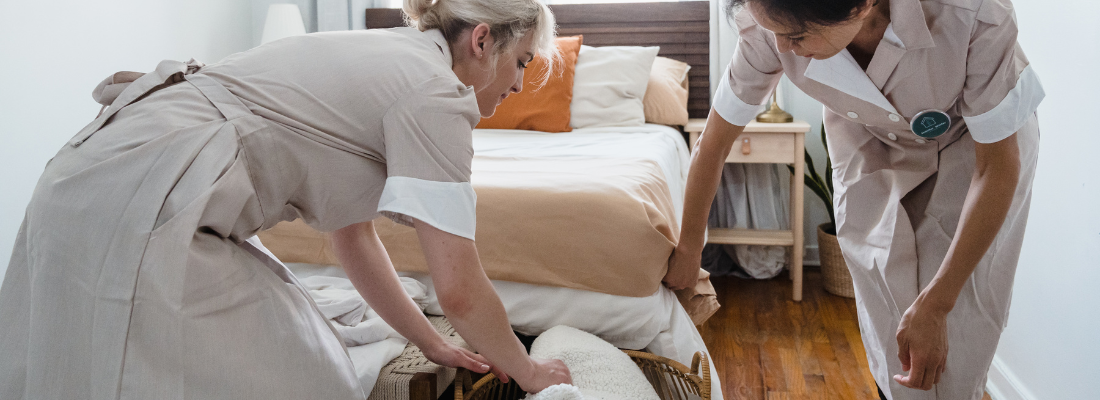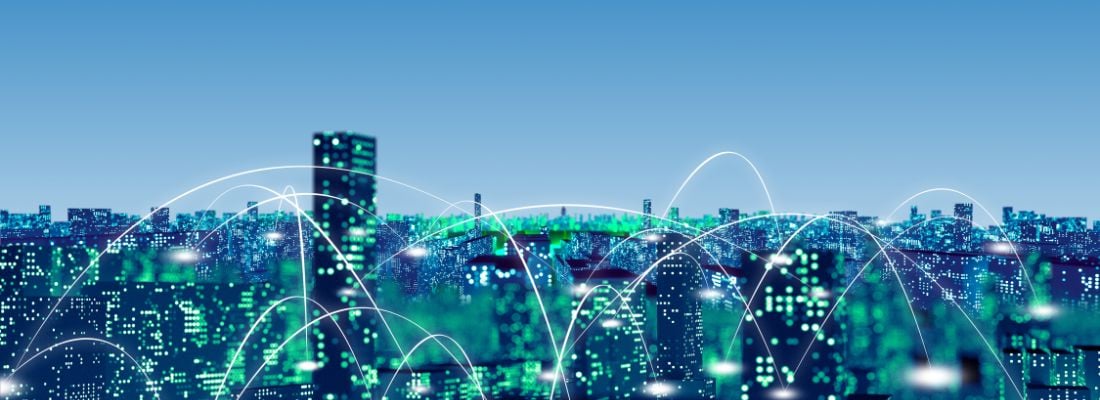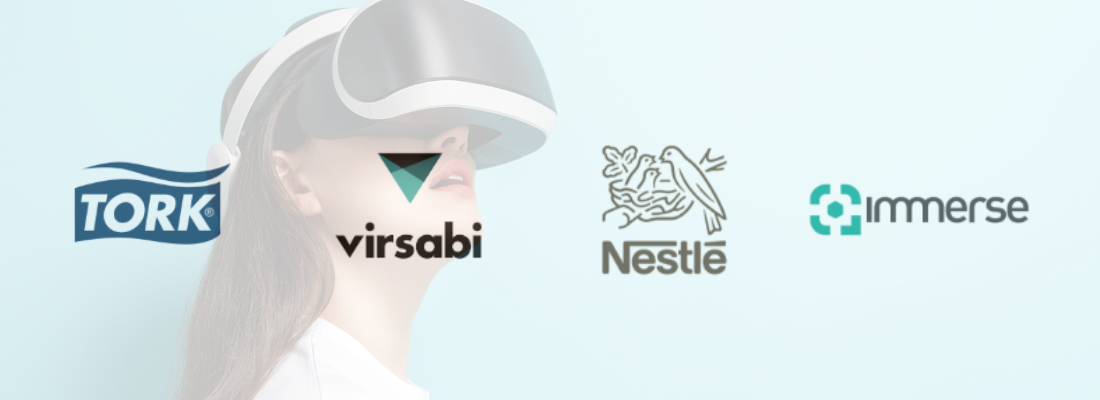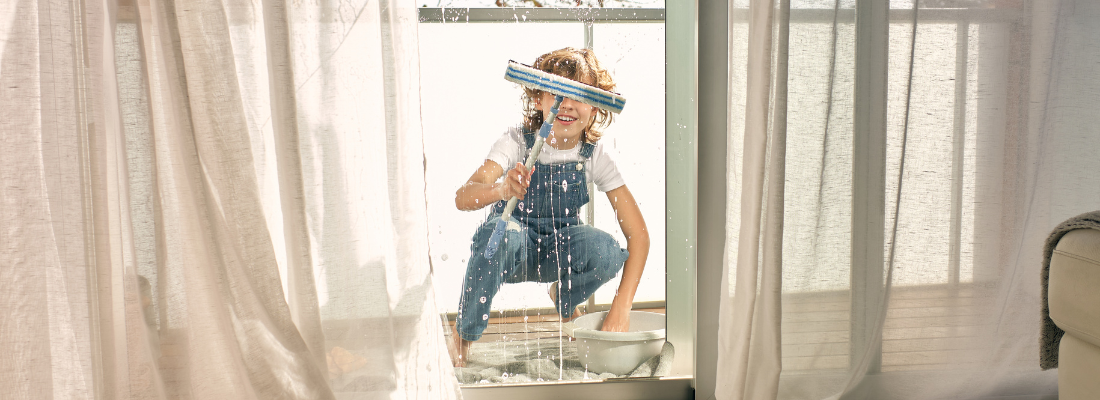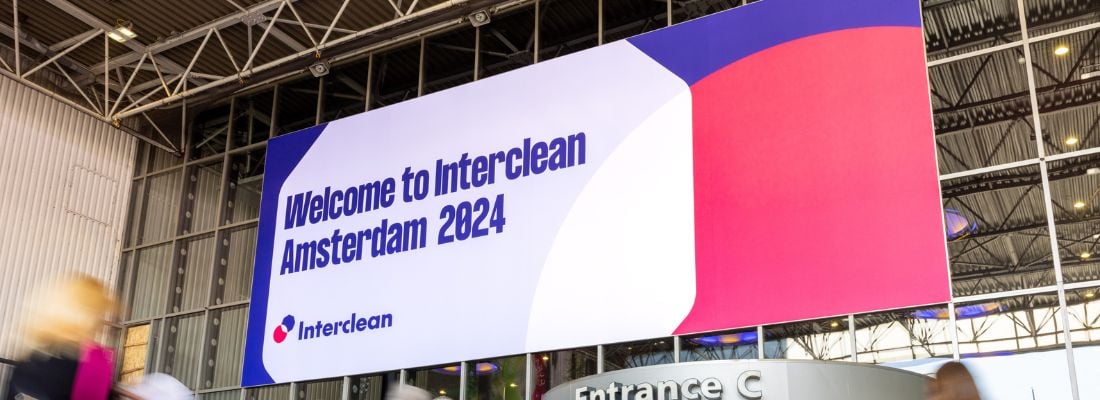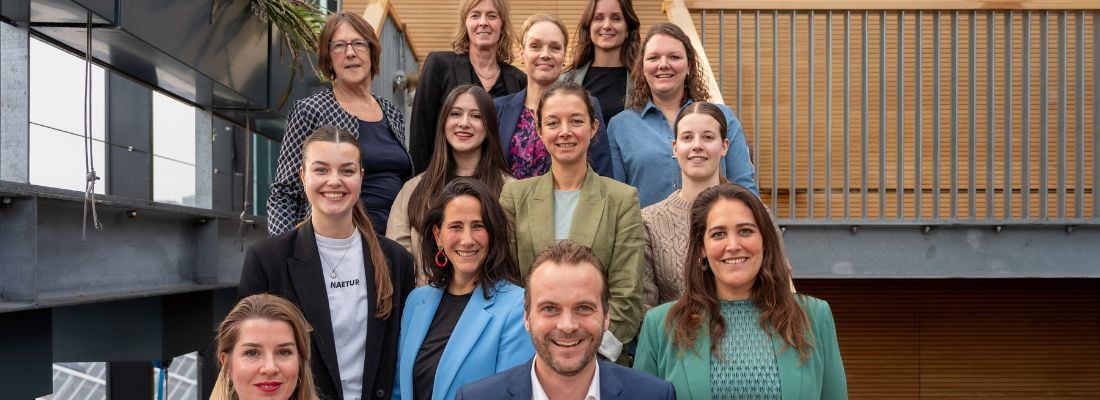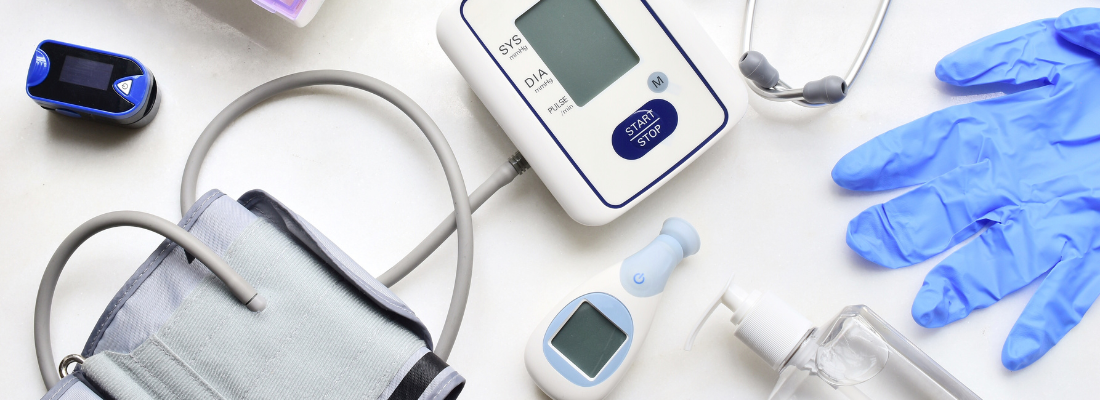VR training in the cleaning industry: benefits, challenges and real-world applications
As the cleaning and hygiene industry continues to evolve, training methods are evolving along with it. One innovation gaining momentum is the use of virtual reality (VR) to train cleaning staff more efficiently and effectively. In a recent episode of Spotless: Your Cleaning Industry Podcast, we spoke with Wieland Hendriksen, Managing Director and founder of Dutch startup Cleaning Workx, to explore how VR is reshaping the way cleaning professionals are trained, and what that could mean for the industry.
A human focus
For decades, innovation in the cleaning sector has largely focused on tools, machines, and chemicals. However, as Hendriksen points out, even the best equipment won't deliver results without well-trained, confident professionals to use it. VR training offers a new way to empower those workers. By providing immersive, interactive learning experiences, VR helps trainees build skills, self-confidence, and awareness; essential ingredients for job satisfaction and performance.
How VR training works
At its core, VR training for cleaners places trainees in realistic, simulated environments where they can practise everything from basic microfiber techniques to complex escalation scenarios. These simulations can be repeated as often as needed without disrupting actual workspaces or requiring expensive setups. Some systems even support AI-driven live translation and accessibility features for people with learning difficulties or language barriers, lowering the threshold for anyone to participate.
The benefits of VR training for cleaners
According to Hendriksen, VR training has demonstrated impressive results: learning is three to four times faster compared to traditional or e-learning methods, and retention is significantly improved thanks to the fully immersive experience. Employees trained with VR also tend to apply their knowledge more confidently and consistently on the job, leading to better outcomes and, ultimately, reduced training costs for employers, up to 70% in some cases.
Training for every sector
VR scenarios can be tailored to different environments, including hospitals, hotels, office buildings, and even clean rooms. Many programmes begin with basic cleaning tasks but quickly expand to industry-specific modules, enabling both entry-level training and upskilling for experienced professionals. With such flexibility, VR becomes a valuable tool not just for cleaning companies, but also for healthcare providers, educational institutions, and facility management teams.
Overcoming common misconceptions
While some may assume that VR training is expensive or complicated, Hendriksen emphasises that this is no longer the case. User-friendly hardware kits and intuitive software setups allow training to begin within minutes. And as VR becomes more widespread, costs are decreasing, making the technology increasingly accessible to organisations of all sizes.
The future of digital cleaning training
The possibilities for VR in cleaning don't stop at training. Hendriksen sees future developments including AI-powered virtual trainers, ergonomics modules enhanced by sensors, and integration with quality control systems. As digitalisation accelerates in the cleaning sector, from robotics to data-driven operations, VR may well become a cornerstone in a broader transformation of how cleaning work is understood, executed, and managed.
Conclusion
Virtual reality training represents a promising step forward in supporting and professionalising the cleaning workforce. While still relatively new, its potential to make training faster, more inclusive, and more engaging is already evident. As Wieland Hendriksen shared in our conversation, this isn’t just about technology, it’s about people. And in a people-driven industry like cleaning, that makes all the difference.
Receive the best newsletter on cleaning & hygiene - straight to your inbox!
We promise never to send you spam and you can unsubscribe at any time!
